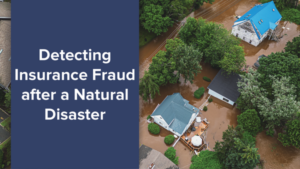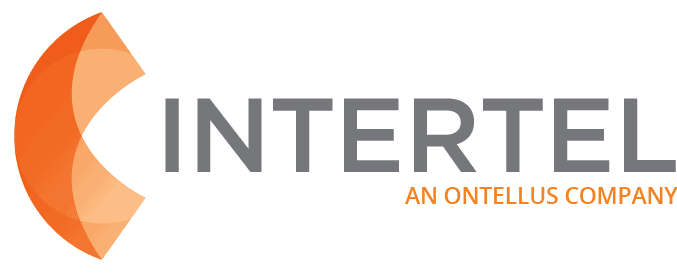
In the aftermath of large-scale natural disasters like the recent hurricanes in Florida and flooding in western North Carolina, communities band together to sort through the devastation and begin the long task of rebuilding. Unfortunately, others use this time to take advantage of the chaos and engage in fraudulent behavior.
There are many types of fraud that can occur after a natural disaster that seek to either victimize those directly impacted by the event, defraud insurance companies or both. For example, contractors may offer to manipulate their prices to cover deductibles or offer extra repairs unrelated to the disaster. It can sound like the contractor is trying to do the victims a favor and unsuspecting homeowners may not realize that this is actually a form of insurance fraud that can void their insurance coverage. Other fraudsters will exaggerate or fabricate damages or losses in hopes of receiving insurance payouts.
Insurance companies know to remain particularly vigilant during these times, as the influx of claims can make it easier for fraudulent ones to slip through the cracks. After all, insurance fraud does not only impact carriers, the FBI states that insurance fraud costs the average U.S. family between $400 and $700 per year in the form of increased premiums. Reducing the number of fraudulent claims that are incorrectly approved during times of crisis could help alleviate the burden of rising premiums. But how can carriers expedite investigations into claims where fraud is suspected? Tools such as social canvassing can help shed light on the situation – either by validating claims or proving fraudulent intent.
Social canvassing can help investigators determine if damages took place prior to the disaster or following. In turn, investigators can also determine whether the claimant was in the location of the disaster during the event. For example, someone is claiming that their car was damaged in a hurricane but social media posts reveal their car was with them in another state at the time of the storm.
Additionally, there is already concern about the use of AI to create false identities for insurance fraud and the turmoil following a large-scale natural disaster can provide many opportunities for bad actors to use these fake identities to make a claim. Social canvassing can help investigators and adjusters determine if the claimant is a real person who actually lives in the affected area.
Fraudulent behavior after a major natural disaster is not limited to insurance. Scammers and other bad actors can create false charities to collect donations, launch cyberattacks to divert relief funds, demand money upfront for services or goods they never intend to deliver, pose as relief organizations to gather sensitive information such as social security numbers and so much more. If you suspect fraudulent behavior in the aftermath of a natural disaster, notify FEMA at 1-866-720-5721 or disaster@leo.gov.


